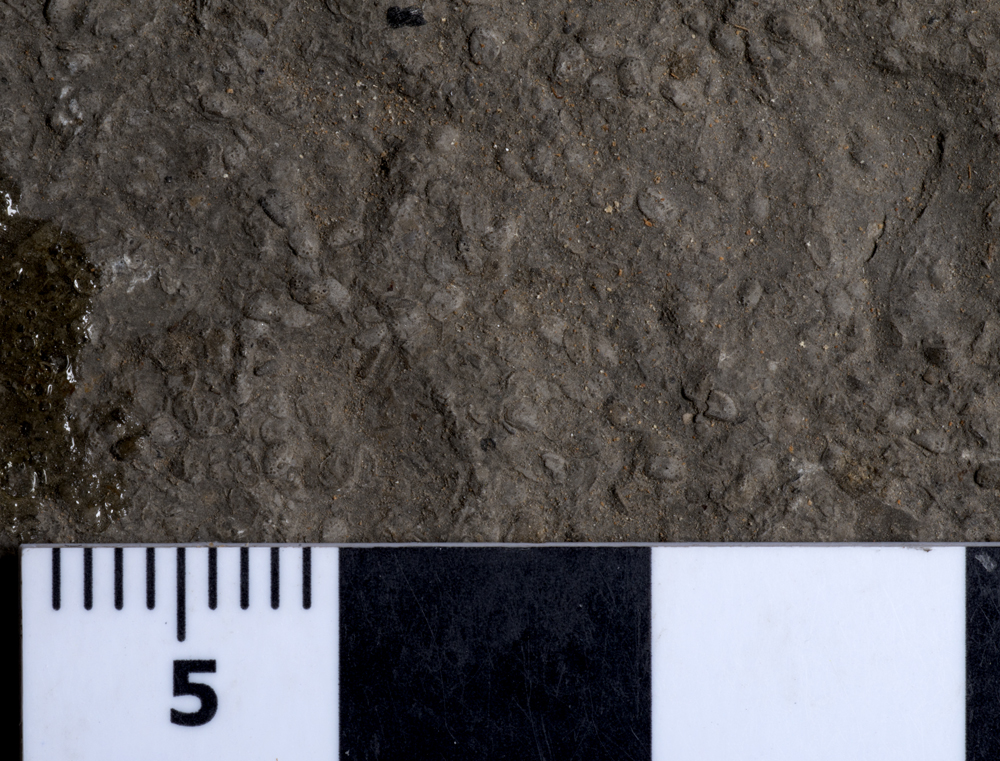A tool of time
The ostracod is one of our smallest fossils, and one that is easily overlooked – except by the petroleum industry. Ostracods, like ammonites, evolved very rapidly through time and therefore certain species can be used to tell the relative age of the rocks in which they are found (because those species only existed for a specific period of time). Where the same species is found in two different places, the rocks are the same age.
Because ostracods are so small, they survive the oil drilling process that cuts through the rocks thousands of metres underground. When the rock chippings come to the surface, they contain the ostracods. By determining the relative age of the ostracods, the geologists know where they are in the rock column and how much further they may need to go. Millions of pounds have been spent on these little fossils as they are important tools in the search for oil and gas.

